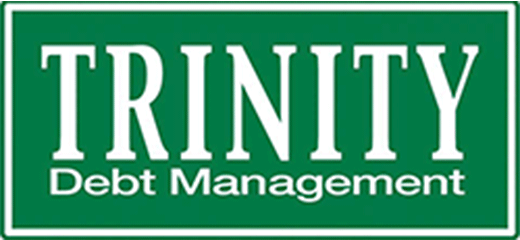Guide to Homeownership
Unit 3: Mortgage Options
It’s also a good idea to gain a basic understanding of the kinds of home mortgages that are available. Your credit union can help you determine the best loan to fit your needs and design a financing solution for you.
Fixed-rate mortgages. The interest rate remains fixed for the life of the loan.
- Offer predictable monthly payments of principal and interest throughout the life of the loan.
- Provide protection from rising rates. No matter how high market rates go up, your interest rate stays the same.
- Generally well-suited to borrowers who plan to stay in their homes for a long period of time, have a fixed or slowly-increasing income, and have a lower tolerance for financial risk.
FHA Loan. The Federal Housing Administration (FHA) insures a wide variety of mortgages provided by your credit union. These loans are designed to meet the needs of homebuyers with low or moderate incomes and feature:
- Low down payment requirements
- Loan limits based on geographic locations
- Generally more liberal qualifying guidelines
- Use of gift funds for down payment or closing costs
VA Loans. The Department of Veterans Affairs (formerly the Veterans Administration) guarantees mortgages for qualified veterans and active-duty military personnel and their spouses who are first- or second-time homebuyers:
- Low or no down payment requirements
- A wide range of rate, term, and cost options
- Flexible qualifying guidelines
- Use of gift funds for closing costs
Alternative financing. These programs are designed for borrowers with less-than-perfect credit histories, excessive debt, or previous bankruptcy, foreclosure or tax delinquency.
What Does My Mortgage Payment Include?
Usually, your monthly mortgage payment is made up of four parts: principal, interest, taxes and insurance (PITI), but it can also include maintenance expenses, such as condominium homeowners’ association dues. The principal is the amount in your monthly payment that reduces the original amount borrowed. Over the life of a standard mortgage loan, the entire original amount borrowed is generally scheduled to be fully paid off, or amortized. The interest rate is the fee charged to borrow the outstanding balance for the past month. In addition, a monthly amount may be collected and held in a separate escrow account to cover property taxes, homeowner’s insurance and mortgage insurance. Your lender uses the money in the escrow account to pay your tax and insurance bills, as they come due.
Mortgage Payment Breakdown
Principal + Interest + Taxes + Insurance = PITI
Principal is the amount of money you borrow based on the sale price of the home. In the early stages of your mortgage term, your monthly payment includes only a small portion that repays your original principal. As you continue to make payments through the years, a greater portion of your payment goes to reduce the principal.
Interest is the cost of borrowing money. In the early stages of your mortgage term, your monthly payment is mostly interest. As you continue to make payments through the years, a smaller portion of your payment goes to interest.
Taxes are paid by homeowners to local governments, and are usually charged as a percentage of the assessed property value. Tax amounts vary depending on where you live.
Insurance offers financial protection in the event of a loss and has two main components that can be included as part of your payment. Homeowner’s or hazard insurance protects you against financial losses on your property as a result of fire, wind, natural disasters or other hazards. Most lenders will require you to have a homeowner’s insurance policy on your home because it will help protect their investment as well as yours.
Mortgage insurance (MI) is required on certain loans to protect the lender against financial losses if the borrower fails to repay the loan. Usually, whenever the down payment is less than 20% of the home’s purchase price, lenders require some type of insurance. Loans insured by FHA/HUD programs require a mortgage insurance premium (MIP), while VA loans require a funding fee.
Conventional loans, or those without government backing, can be insured with Private Mortgage Insurance (PMI). Typically, the portion of your monthly mortgage payment that covers taxes and insurance is held in a special account by your lender. Then, when these bills are due, the lender forwards payment on your behalf to the local government or insurance company. This process is known as escrow. Using escrow for taxes and insurance is an option for the homeowner and not a requirement. Once your mortgage is paid in full, you are still responsible for taxes and hazard insurance.
The Annual Percentage Rate
When you’re shopping for a home mortgage, make sure you ask lenders for the annual percentage rate (APR) as well as the interest rate, so you compare it accurately to other available mortgage rates. In addition to the interest rate (which determines the amount of your monthly payment), the APR adds in the other costs required to make the loan to determine your loan’s total finance charge, expressed as a percentage over the scheduled life of your loan.
Back | Continue